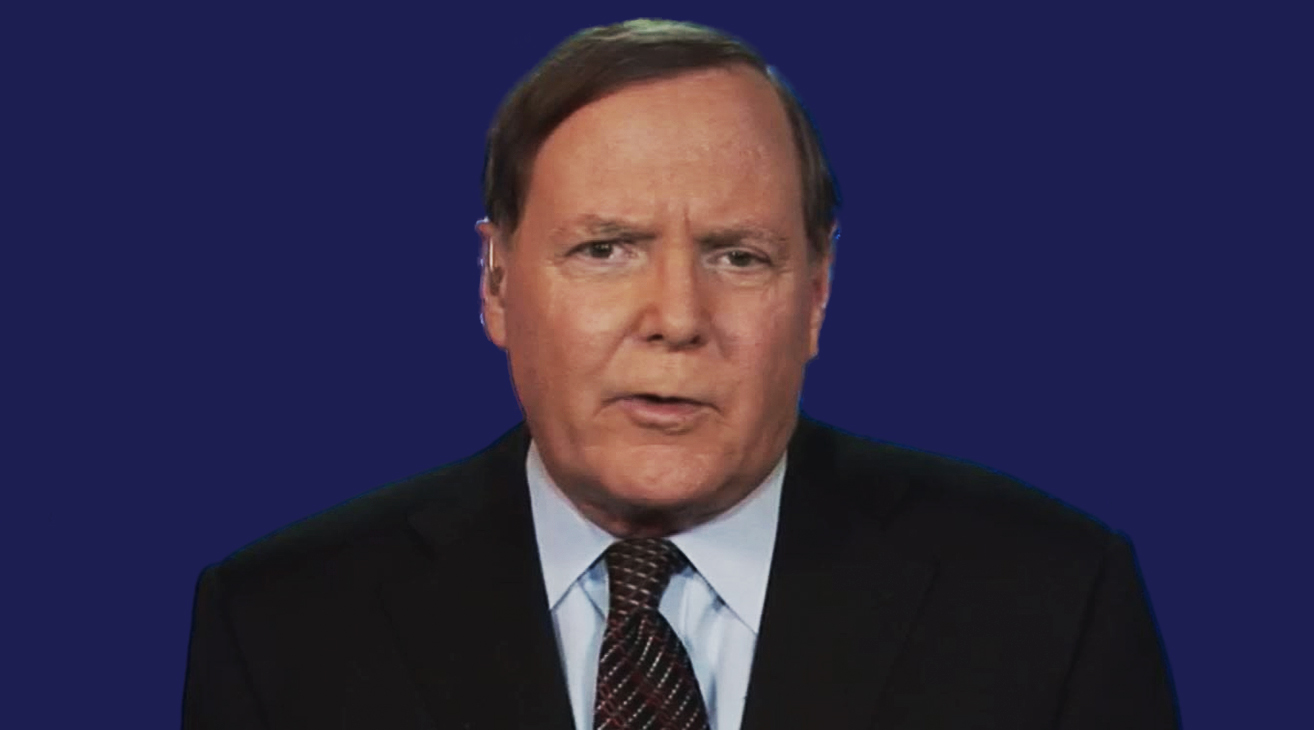by Hubert Marleau, Market Economist, Palos Management
History shows that the yield on ten-year Treasuries usually follow the annual rate of change in N-GDP. As a rule, ten-year treasury yields account for between 60% and 75% of the yearly change in N-GDP.
If the economic prospects are deflationary as they are today, 60% of the year-over-year percentage change in N-GDP should be the equivalent of ten-year treasury yields. That is 2.40%.
[backc url='https://sendy.advisoranalyst.com/w/J8pxsj3OgR4yxKxsA1169Q']The current pace of economic activity expressed in dollar terms is 4.00%. Last Friday, ten-year government bond yields were settling for 1.75%, 65 bps less than they ought to.
The headlines are blaming rising geopolitical risks like trade tensions, potential currency wars and cyclical factors like the cooling of the labour market along with stubborn prices for the abnormally low interest rates. While these narratives are certainly implicated, they are taking more importance in the media than they actually deserve.
Firstly, high frequency economic trackers are estimating that the annual rate of real growth and of inflation in Q3 will both be about 2.0%. Secondly, economic models that are based entirely on the yield curve put the odds of a recession in the next twelve months at 45%.
However, if one was to take into account the historically depressed term premiums and only fast running economic data, the chance of getting a recession for the period under consideration significantly drops to 21%.
Frederic Bastiat, famous French economist, wrote that it is more important to look at the long term profound causes than to the immediate simple ones. In order words, take into account what is not readily seen. U.S. bond yields may look patently ridiculous, but, the infatuation with duration seems to have no bounds. It is no longer viewed as an absurd idea that the U.S. could also ended up with negative interest rates as they are in Germany and Japan.
According to Bloomberg, around $15 trillion worth of bonds, 25% of the worldwide market, are trading with negative yields. The deeper thinking is based on the notion that this phenomenon is not an aberration.
There is a huge global saving glut that is pushing the equilibrium rate of interest to an extremely low level, destroying the once economic truism that consumers value today’s consumption more than future spending. It is important to understand why “time preference’ has been turned upside down.
Pimco’s Joachim Fels has an explanation for this radical shift in behaviour. He has put forward a plausible thesis as to why this is going on. He identified two secular drivers---demographics and technology.
He wrote: “Rising life expectancy increases desired saving while new technologies are capital-saving and becoming cheaper--and thus reduce ex-ante demand for investment. The resulting glut tends to push the natural interest rate lower and lower.
In affluent societies where people can expect to live longer and thus spend more time in retirement, more and more people value future consumption more than today’s consumption. They are effectively transferring purchasing power to the future by saving today. Thus, they are willing to accept a negative interest rate.”
As the world’s standard of living rises and people become wealthier, the world gets awash with money which tends to lower returns on capital and raise valuations. This was the main observation in Sydney Homer’s book--A History of Interest Rates-- and of David Hackett Fischer’s book--The Great Wave, Price Revolutions and the Rhythm of History.
Ben Carlson makes the point that the relationship between societal wealth and the cost of money is not a recent discovery. It was spotted by Irwing Fisher, the famous American economist, Josiah Child, the director of the East India Company and William Berstein who wrote a famous piece in 2005 called “ Too Much Capital”.
In this connection, the central banks are not the cause of the global saving glut even though they have purchased large amounts of government bonds. They are victims and not villains.
They are responding to fundamental changes in society and in technology that are forcing the natural rate of interest to fall so fast that the monetary authorities are compelled to ease their stances. Otherwise, the trailing economic developments could leave the Fed behind the curve.
I do believe that the Fed is taking a more forward looking approach to making policy because the dollar is not helping a global economy which is slowing down. The economic benefits of a weaker dollar are well documented.
Corporate earnings, exports, inflation and growth would be enhanced. The greenback is having the best performance on record since the 1960s, up 28% since the end of 2009 and trouncing every major currency along the way.
The strength of the dollar has increased the cost for foreign corporations and emerging countries that have trillions of dollar-denominated debt. According to the Bank for International Settlements, non-bank borrowers have almost $12.0 trillion in debt. The Fed is aware that the dollar situation could trigger a global recession.
Strategists at Morgan Stanley and Brandywine Global Investments believe that the U.S. dollar is overvalued by about 10% and an extended easing cycle is needed to make the appropriate foreign exchange adjustments.
But, the Fed probably does not want to cut the policy rate into negative territory. The cost of doing so would be very high and perhaps prohibitive. The U.S. has a large trade and budget deficit that accounts for 7.0% of N-GDP. It means that the US must attract as much as $1.5 trillion from abroad, at a time when foreign countries have basically stopped buying treasuries as official reserves.
If the Fed wants to keep some private savings for domestic purposes like business investments and residential construction, it will need to maintain favourable interest rate differentials with the rest of the world--particularly with Japan and Germany. Presently, yields on ten-year treasuries (1.75%) are about 2.25% and 2.00% above those in Germany and Japan.
Assuming that the Fed would prefer a DXY at 90 as opposed to the recent high of 99, the Federal Funds rate would have to be, in my estimate, 100 bps lower than it is now--all other things being equal.
I based my prediction on the notion that in the end, currency values answer to interest-rate spreads, growth differentials and differences in inflation rates. Unfortunately, it’s a contentious topic because getting a weaker dollar is not going to be an easy task.
Currencies are unique in how they perform. Yet, it is not stupid and a growing body of market observers are starting to accept the idea of a weaker dollar.
Studies show that the greenback has tended to be too high most of the time in the last 25 years. There is a bill in the house called Baldwin-Hawley the aim of which is to rectify the 25-year pattern of a strong dollar mantra by committing to a free-floating exchange.
The idea of the bill is to empower the Fed to balance the current account to around zero over a five-year period. It may appear to be an impossible feat. Economics 101 teaches that central banks can only efficiently manage two out of three variables.
The variables are the exchange rate, interest rates and the money supply. For example, if the Fed were to manage the exchange and interest rates, it would subject the economy to more swings in the money supply-- effectively the business cycle.
Thus, a managed movement towards lower interest rates and lower exchange rate would obviously lead to reflation.
The question is whether it would work. Foreign exchange markets are a zero-sum game. In order to avoid retaliation, a coordinated effort involving a number of major countries is the preferred way to change the value of a currency. For example, in 1985 the U.S. reached a multi-nation agreement to weaken the dollar-- known as the “Plaza Accord”.
The legislators behind the Baldwin-Hawley bill believe that it could be done, if the Fed were to be provided with additional tools like imposing a “market access charge” on foreign inflows and/or authorizing the purchase of foreign assets to offset unwanted inflows.
The IMF has endorsed, in the past, capital flow management measures like quantitative restrictions and taxation on foreign investments as legitimate policy instruments when currencies were labelled as overvalued.
Copyright © Hubert Marleau
.















